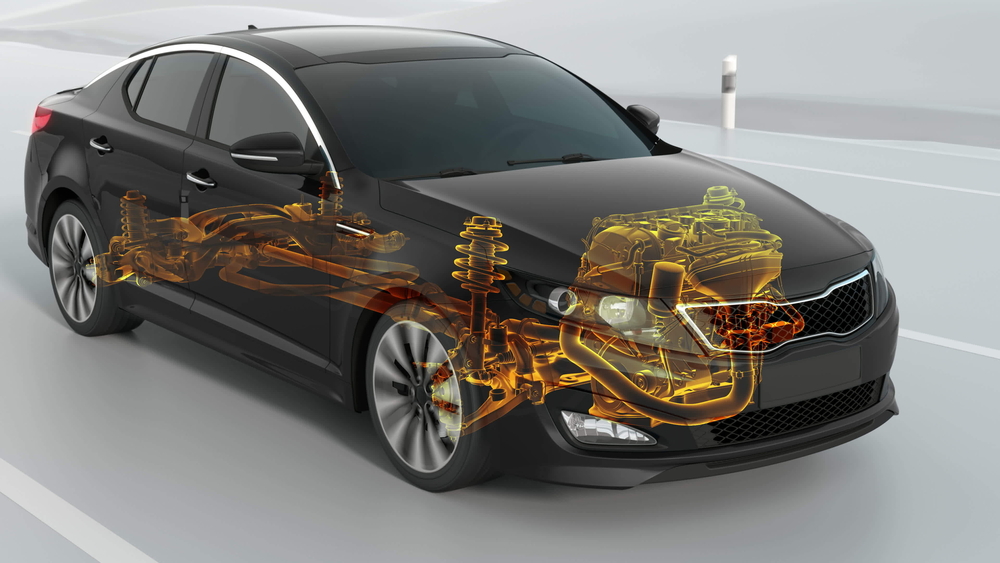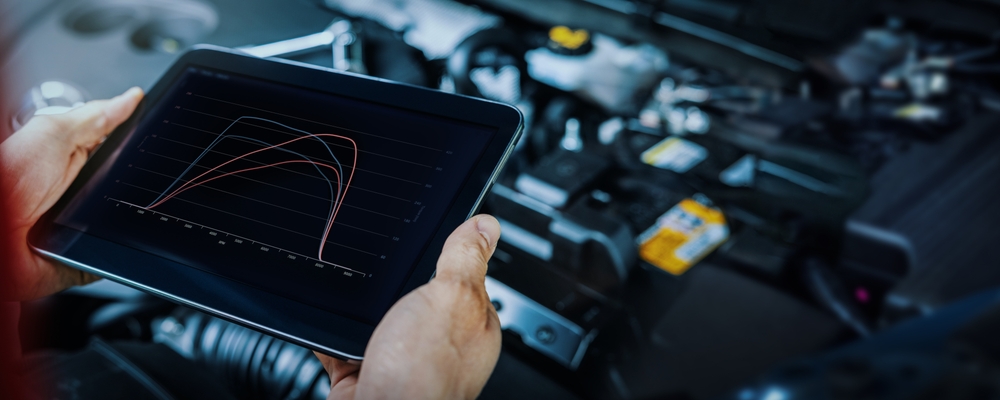When it comes to driving performance, acceleration is a sign of thrills and excitement. For many drivers, one of the most important characteristics is the ability to accelerate quickly from a stop or surge forward during overtaking maneuvers. The idea of torque, a unit of rotational force that determines a vehicle’s acceleration ability, is essential to this dynamic experience. In order to better understand torque and how it affects acceleration in the newest cars available, we will dive into its nuances in this article.
Understanding Torque
Fundamentally, torque is the rotational force that an engine produces and transfers to the wheels in order to move a vehicle forward. When drivers step on the accelerator pedal, they experience raw power that translates into quick acceleration and thrilling performance. The measurement of torque, which is commonly expressed in Newton-meters (Nm) or pound-feet (lb-ft), is essential in establishing a car’s ability to accelerate off the line and pass.

Torque is intimately related to engine performance and design in the context of automotive engineering. Whether running on gasoline, diesel, or alternative fuels, internal combustion engines produce torque through the combustion process, which involves the ignition of fuel and air mixtures inside the combustion chamber. The resulting expanding gases push the piston downward. This torque is subsequently transferred to the transmission by the crankshaft’s rotation, which eventually moves the car forward.
Different torque outputs and characteristics are produced by different engine configurations. In order to increase air intake and improve torque output over a wider range of engine speeds, turbocharged engines, for example, use exhaust gases to spin a turbine. In a similar vein, electric motors produce instant torque at zero revolutions per minute, enabling rapid acceleration and an exhilarating driving experience.
Analyzing Modern Car Torque
The torque delivery and overall performance of the automotive lineup has been improved by manufacturers in recent years. A new era of acceleration capabilities has been ushered in by improvements in engine technology, transmission systems, and drivetrain configurations, which range from small hatchbacks to high-performance supercars.
An important development in the automotive sector is the proliferation of turbocharged engines, which provide a powerful blend of efficiency and power. Turbochargers increase torque output by using exhaust energy to force-feed air into the engine. This allows smaller displacement engines to achieve performance levels that were previously only possible with larger, naturally aspirated powertrains. This trend of downsizing not only increases fuel efficiency but also makes driving more enjoyable by offering plenty of low-end torque for quick acceleration.
Furthermore, the way torque is delivered in contemporary cars has changed dramatically with the integration of electric and hybrid powertrains. Hybrid cars combine electric motors and internal combustion engines for improved torque response and smooth power delivery. On the other hand, electric vehicles (EVs) have instant torque from a stop and can accelerate drivers with an incredible amount of force that can rival some of the fastest sports cars available.
The Function of Transmission
To maximize torque delivery and acceleration performance, the transmission system is just as important as the engine design. With conventional manual transmissions, drivers have complete control over which gear to drive in, maximizing torque output for aggressive driving or fuel-efficient cruising. In a variety of driving situations, automatic transmissions with advanced torque converters and gear ratios deliver seamless acceleration.
Another advancement in transmission technology are continuously variable transmissions (CVTs), which provide infinite gear ratios to maximize engine performance and fuel economy. Although CVTs have been criticized for having a “rubber-band” feel to them, more recent developments have made them more responsive and drivable, making them a good choice for drivers looking to strike a balance between efficiency and performance.
The Drivetrain Configuration’s Effect
The drivetrain configuration of the car determines how torque is distributed to the wheels, which can have a big impact on handling and acceleration. Under severe acceleration, torque steer is often seen in front-wheel drive (FWD) vehicles as the front wheels are unable to keep up with the engine’s power delivery. Better traction and stability are provided by rear-wheel drive (RWD) and all-wheel drive (AWD) setups, especially in high-performance situations where maximizing torque to the ground is crucial for maximum acceleration.
In order to maximize grip and cornering agility, performance-oriented cars frequently have advanced AWD systems with torque-vectoring capabilities. These systems divide power between the front and rear axles as well as individual wheels in a selective manner. These technologies improve acceleration performance while preserving stability and control by dynamically modifying torque distribution in response to driving circumstances and vehicle dynamics.
Real-World Performance
Although torque values and technical details offer important insights into a car’s acceleration potential, a car’s actual performance on the road ultimately decides how good it is. Drivers can experience torque-induced thrust and acceleration dynamics of a vehicle firsthand by participating in acceleration tests, such as quarter-mile runs and 0-60 mph sprints.
Furthermore, evaluating driving dynamics is essential for determining acceleration performance. The way an automobile distributes torque to its wheels and performs under severe acceleration is influenced by various factors, including suspension tuning, weight distribution, and chassis stiffness. Its torque can be efficiently harnessed by a car that is agile and well-balanced, resulting in smooth acceleration and an enjoyable drive.

Conclusion
The fundamental component of automotive performance is torque, which determines how quickly a car can accelerate and provide an exciting driving experience. Engine technology breakthroughs have ushered in a new era of acceleration capabilities, bringing drivers never-before-seen levels of performance and excitement. These innovations include electric motors and turbocharged engines.
Drivers can choose a car that best meets their performance requirements and driving preferences by being aware of the subtleties of torque and how it affects acceleration. The torque-rich options available in modern cars satisfy the need for acceleration in any enthusiast, whether they prefer the instantaneous thrust of an electric motor or the turbocharged punch of a high-performance engine.

